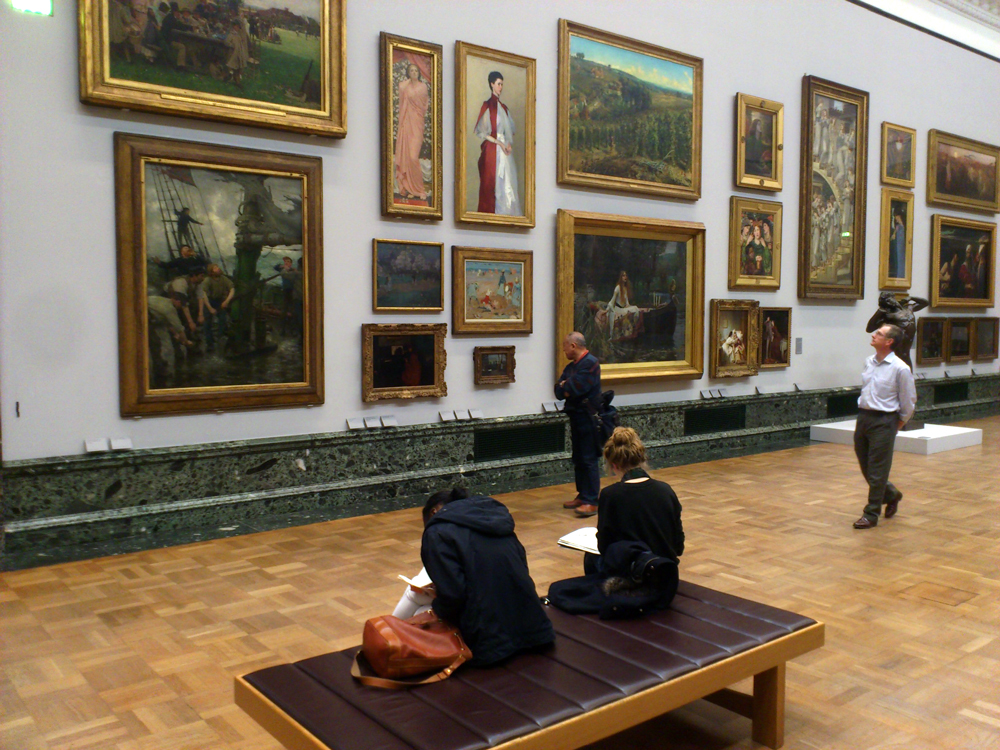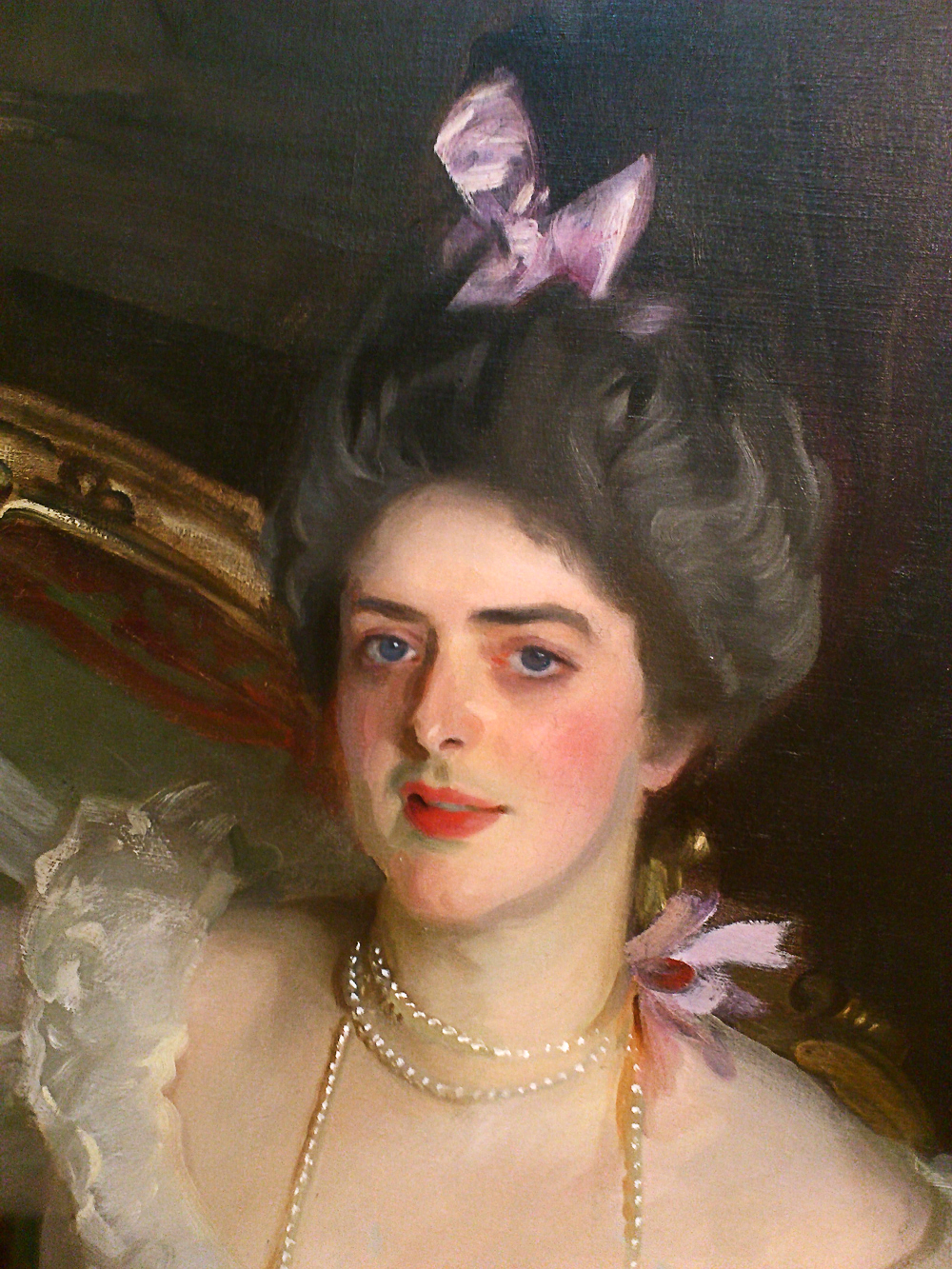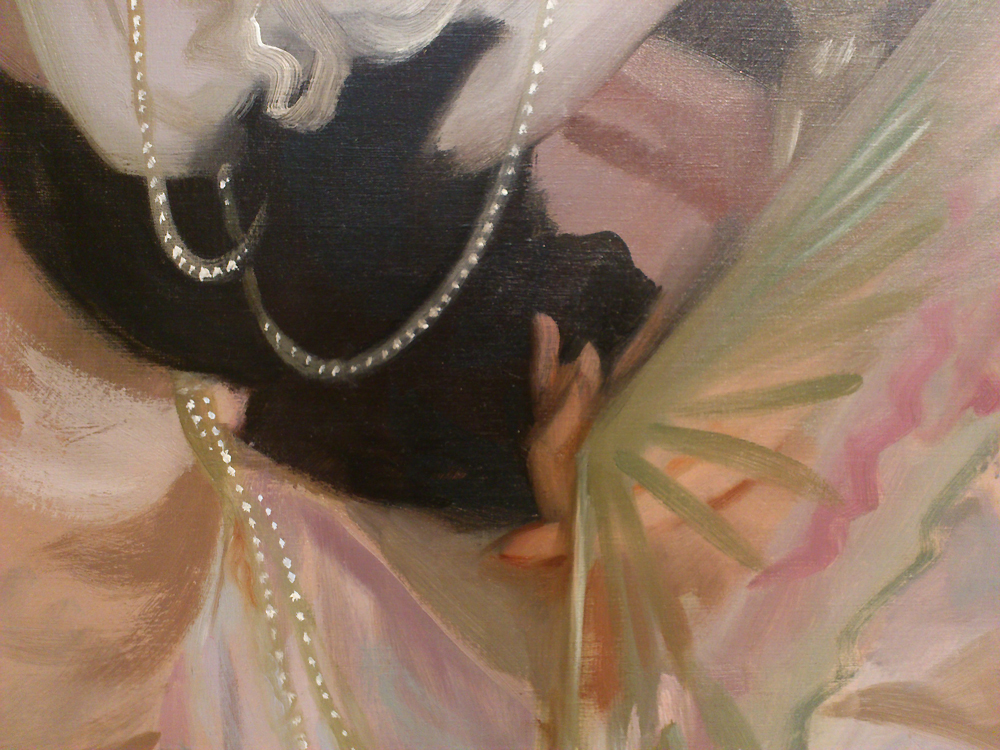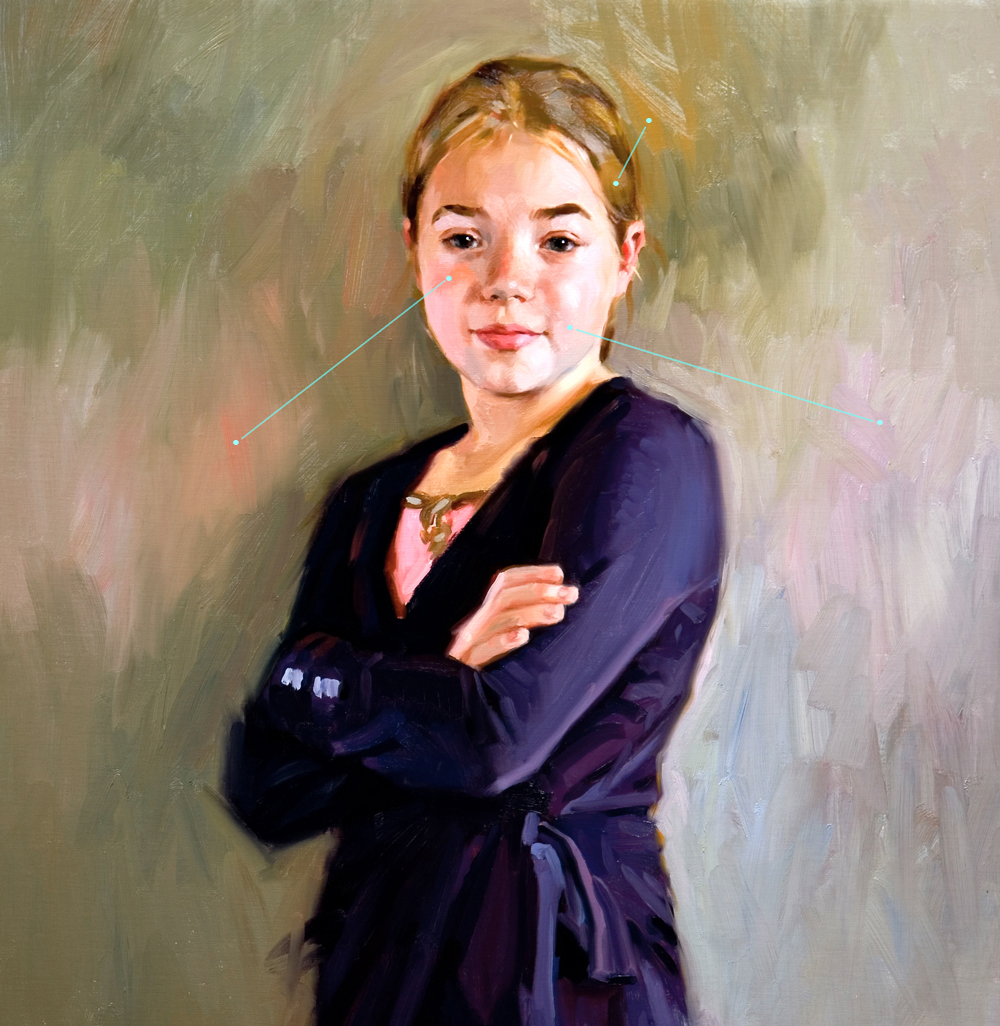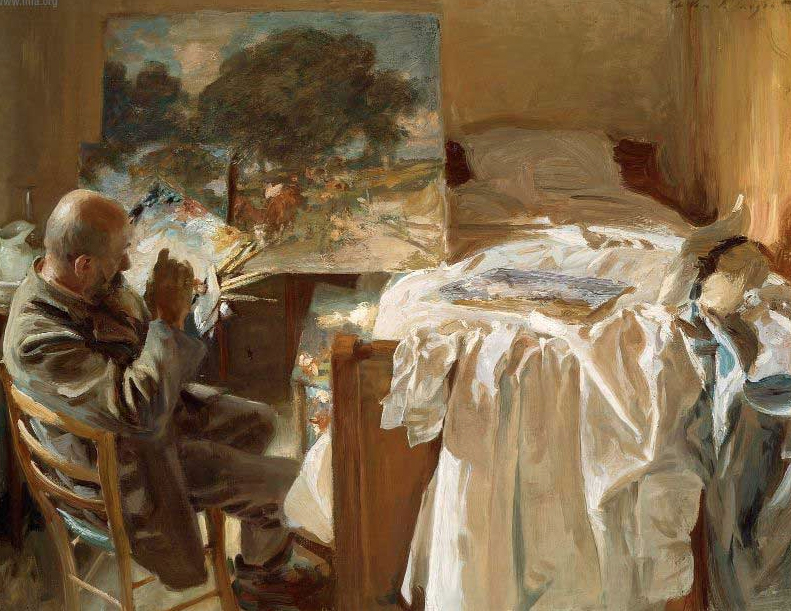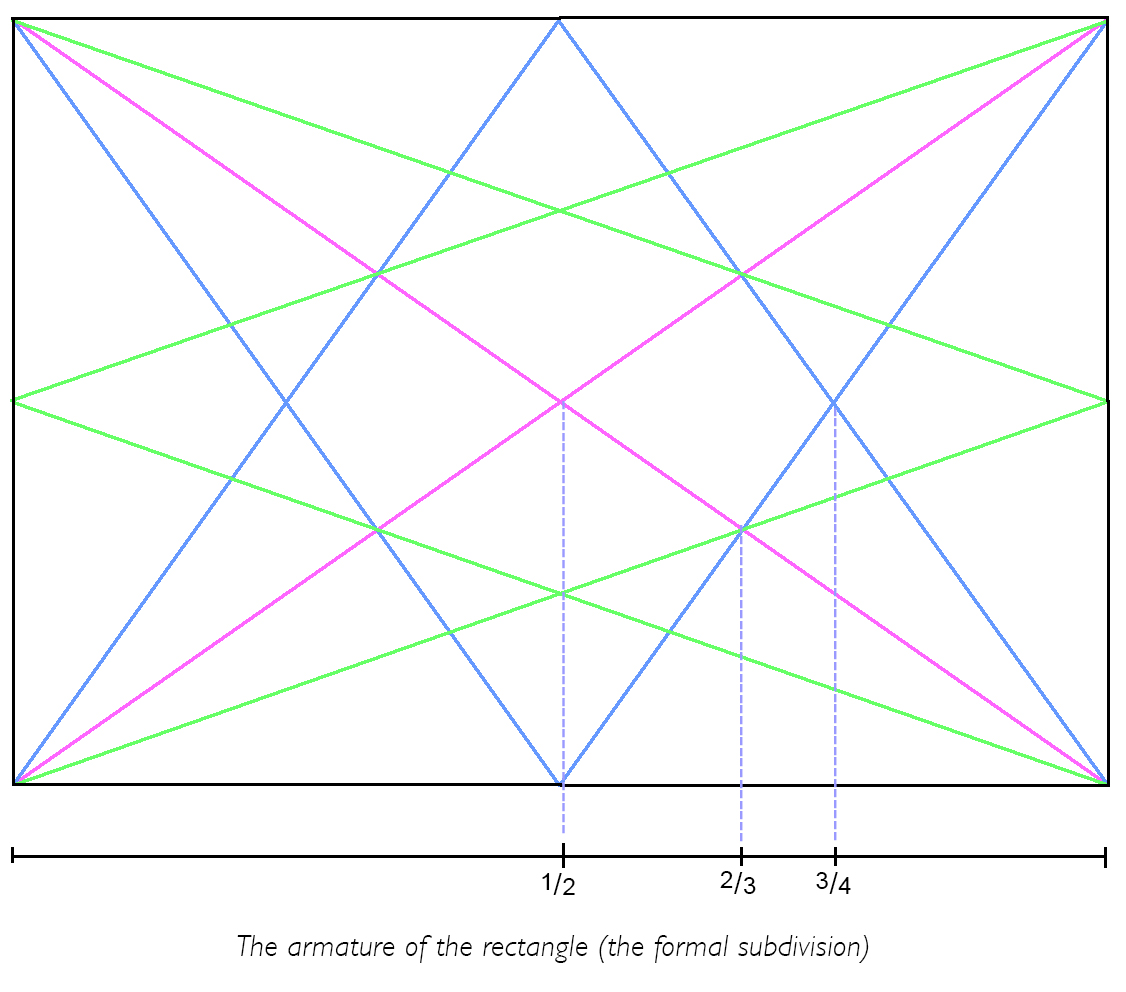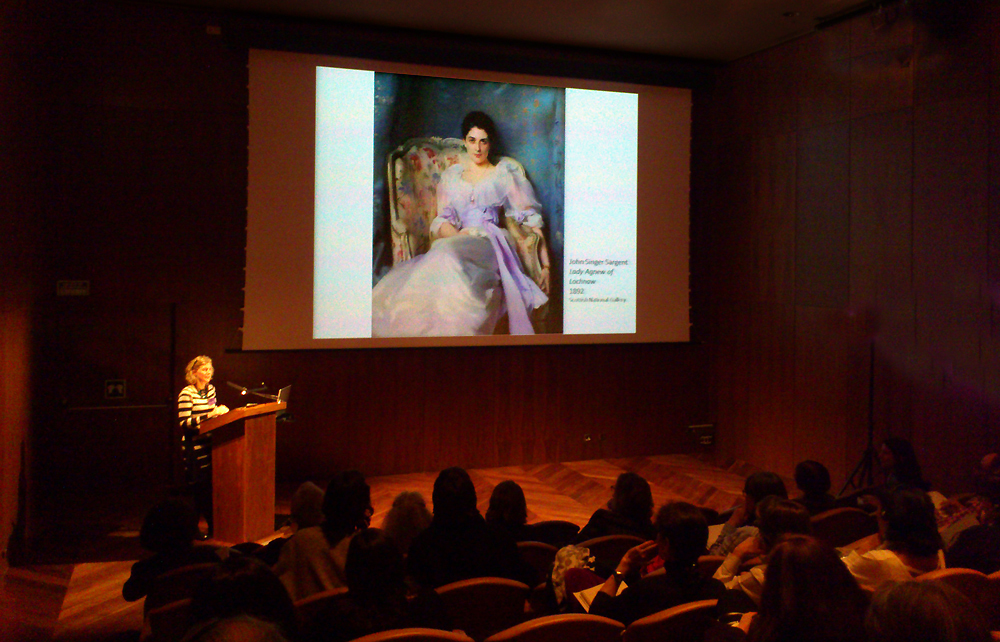
Suppose you want to learn to play the piano. The instrument on which you start is old, not in tune and with missing keys. Would that invite you to sit down and study? No! It will turn your stomach! The same goes for learning to paint. Poor art supplies will not encourage you to make a good painting. Believe me, good stuff really makes a difference! Starting with the canvas. A miserable support base is a principal stumbling block, I can´t stress it enough.
- Whatever you buy, even the best double primed Belgian Linen, apply at least three layers of gesso in order to reduce the suction of the oils.
- Use good brushes if you can afford it.
- Buy good quality paint. Some brands of student quality is reasonable, but there is also a lot of crap on the market. Oil painting technique in itself is hard enough so do not let poor materials makes you stop before you even get started. (see also here)
Good stuff makes you happy!


